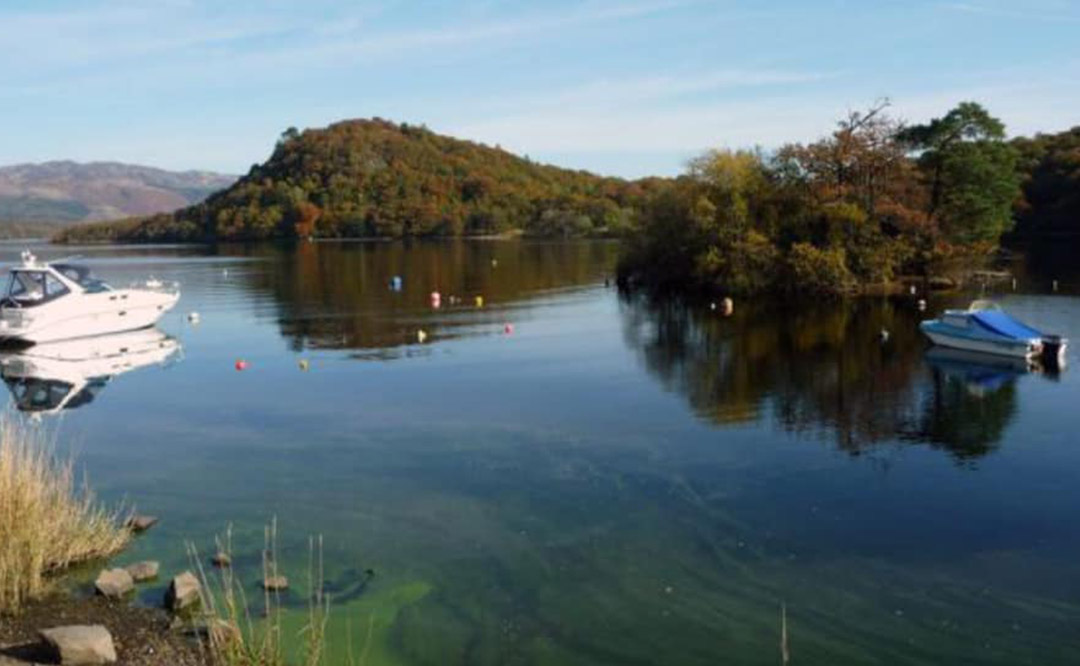Six drownings in Scotland over the weekend have highlighted the risks of swimming in open water.
High temperatures in recent weeks have tempted many to go wild swimming despite warnings of unpredictable waves, rip currents and much colder water than people were expecting.
Cold water shock can leave swimmers short of breath and struggling to use their arms and legs properly.
The RNLI and Royal Lifesaving Society are among the organisations to have issued advice on staying safe and what to do if you get into trouble.
Here’s their top tips:
Plan ahead
If you’re looking for a safe place to swim, try to pick somewhere that has a lifeguard on site and don’t go alone.
If that’s not possible, make sure you know where you can enter and exit the water and that you’re aware of any potential hazards at your location.
Find out what the tides and currents are doing and learn how to spot rip currents – a strong surge of water heading away from the shore.
Have the right equipment
Wear a wetsuit to help you stay warm and increase your buoyancy – that will help you stay in the water for longer.
You should also wear a brightly coloured swimming hat and take a float, ideally one you can attach yourself to.
A mobile phone in a waterproof pouch can also prove extremely valuable in a crisis.
Float to live
Rip currents in open water can be very strong – if you find yourself struggling, avoid the temptation to fight against it.
If you have an inflatable, try to hold on to it, but if not, relax and float on your back until you’re out of the current.
If can you can stand, try to wade out of the water, but if you have to swim, stay parallel to the shore to avoid drifting further away from dry land.
In an emergency
Always call 999 and ask for the coastguard.
Follow STV News on WhatsApp
Scan the QR code on your mobile device for all the latest news from around the country





























